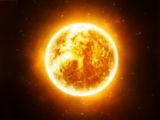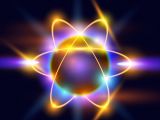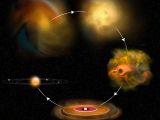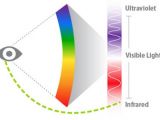If if weren't for the light coming our way from our good old Sun, which, by the way, is a star, we would be pretty much frozen right about now. Heck, we wouldn't even be here. That would be quite a bummer, right?
However, the fact is that there are plenty of people who have no idea what the light coming from stars populating the universe really is and how it reaches our planet. On the bright side, yet another piece in our Freaky Friday series is here to clarify things.
To begin with, here's what stars are
Scientists say that stars are basically ginormous spheres of plasma that are held together by their own gravity and that the first such massive, luminous celestial bodies formed from cosmic gas and dust resulting from the Big Bang.
Since the moment they are born until they perish, stars are hard at work fusing lighter elements into heavier ones. They start by fusing hydrogen into helium in a process known as thermonuclear fusion, and then move on to creating heavier elements like carbon, oxygen and nickel.
When they finally reach the end of their life and go kaboom, they also birth elements like gold, platinum and silver. What this means is that, basically, stars are the ones that formed the most basic ingredients from which life on Earth eventually emerged.
What about light? What the heck is it?
Seeing how they tend to be quite fond of fancy words and phrases, brainiacs take pleasure in defining light as electromagnetic radiation that is visible to the human eye and that is partly to thank for our sense of sight.
What they mean to say is that light is energy. Energy released by electromagnetic processes, if you will, but energy nonetheless. Thus, those photons that researchers say are the particles that comprise light are pretty much packets of energy.
Mind you, there's more to light than meets the eye. There's the visible light that we can see and then there's infrared and ultraviolet light that both fall outside the visible spectrum.
The reason we have these different types of light, some of which we can see and some of which can only be detected using high-tech equipment, is that the photons that form light each contain a different amount of energy.
How the Sun and other stars produce light
Remember when we said that a star's working agenda boils down to toying with all sorts of elements looking to create others? Well, it is during these processes that light is produced. Bear with us now for a minute, it really isn't all that complicated.
If you've been paying attention in school, you probably know that elements comprise atoms which, in turn, are made up of a nucleus that has electrons orbiting around it. The thing about electrons is that they aren't as rebellious as some would think them to be. Simply put, they like to stay in the same orbit.
However, what with all the commotion going on in stars, electrons get pushed to bigger orbits on a regular basis. This happens when the atom that they are part and parcel of is heated up. When the atom cools, they return to their rightful place.
All this back and forth movement translates into the creation of energy. Specifically, a photon is created whenever an electron jumps between orbits. The bigger the jump, the more energy is created. That's how we get different types of photons.
Eventually, the photons leave their parent star and head out into the cosmos. Unless they encounter some celestial body to stop them, they keep going for, well, forever. Of the photons that form in stars, some reach our planet and help up make heads or Tails of the world around us.
So, there you have it. This is how the stars that populate the universe make the light without which life wouldn't be just downright tedious, but pretty much inexistent. Don't forget to join us again next week for another Freaky Friday Mystery.
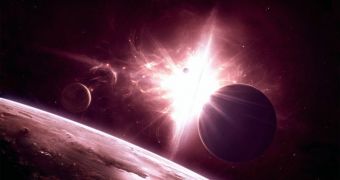
 14 DAY TRIAL //
14 DAY TRIAL // 
